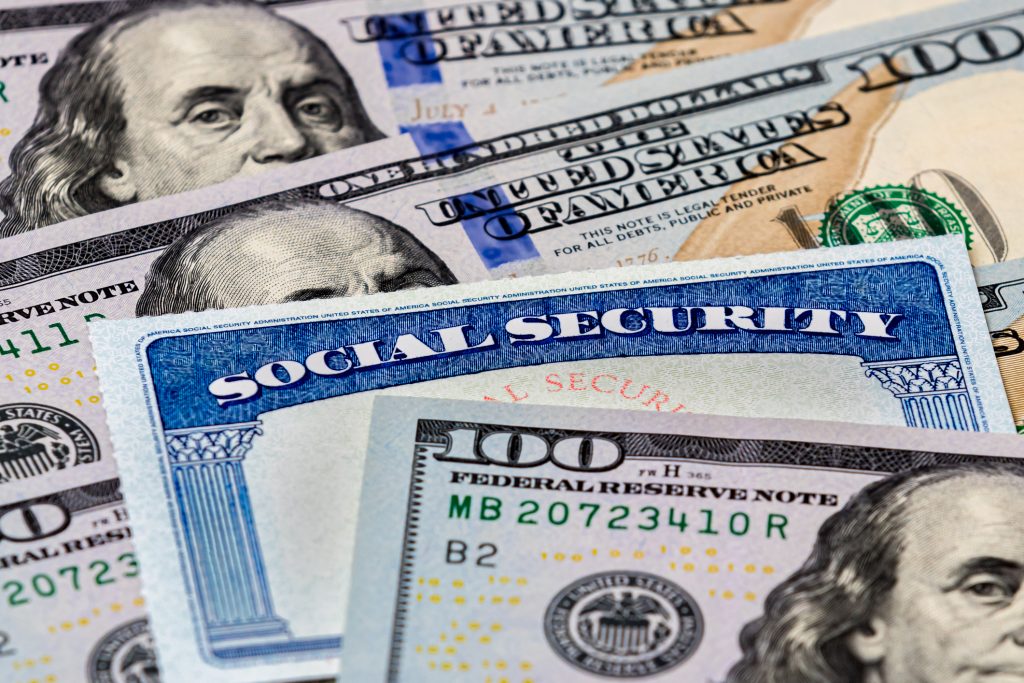
Image source: Getty Images.
I’ve spent my entire life in Wisconsin, so I know a thing or two about sky-high utility bills in the winter. A balmy day for us is anything above freezing and sometimes we’ll hit 50 degrees below zero. Also, it’s dark around 4 p.m. so our electricity bill goes up a lot too.
When I first moved into my own place, I didn’t think there was anything I could do other than budget for higher costs. But I’ve learned a few strategies since then that have made those long winter months a little easier for my bank account to bear, and the best part is, you can do them in less than a half hour.
1. Switch to time-of-use billing
Regular electric billing charges you a standard rate per kilowatt-hour (kWh). The more electricity you use, the higher the bill. It doesn’t matter whether you’re using this electricity in the middle of the day or the middle of the night. You’ll still pay the same based on your total hours of usage.
Time-of-use (TOU) billing works differently. It charges different electricity rates at different times of the day. When a lot of people are typically using electricity, costs are higher, and when few people are using electricity, costs are lower.
You can use this to your advantage if you’re willing to adjust when you do certain high-energy tasks, like running the dishwasher or the dryer. If you save these until late at night or early in the morning, for example, you might save money compared to doing them right after you get home from work.
Not all utility companies offer time-of-use billing, but it doesn’t hurt to check if yours does. Contact the company to inquire about whether this is an option and which time blocks charge the highest and lowest rates.
If you decide this option makes sense for you, consider paying for your utility costs with a cash back rewards credit card. You’ll earn a little extra cash back on each dollar spent that you can put toward future expenses. Start by comparing some of our favorite cash back credit cards to see which can maximize your savings.
2. Switch to budget billing
I signed up for budget billing years ago because it gives me a regular monthly payment rather than one that shoots up every winter. Basically, the utility company looks at how much electricity I’ve used on average over the last six months and assigns me a regular monthly payment for the next six months. That bill won’t change no matter how much I use, so I always know what I’ll have to pay.
The downside to this is that it can make you less aware of how much heat and electricity you’re actually using, and that could lead you to overspend. At the end of the six-month period, the utility company re-evaluates your usage and updates your monthly bill. This could jump your monthly costs significantly if you’re not careful. You may also have to pay some extra at the end of the period for the amount you went over the initial billing estimate.
Still, if you’re careful to take other cost-cutting steps, like turning off electronic devices when not in use and not setting your thermostat too high, you shouldn’t run into too many problems. You can always contact your utility provider if you want to check your usage at any point.
3. Use smart devices
Smart technology can automate some of the money-saving moves we’d like to make but can’t or don’t always remember to. For example, if you’re gone at work all day, you probably don’t need your thermostat as high as you keep it when you’re home. But you also don’t want to come home to a cold house. That’s where a smart thermostat can help. You can program it to let your house cool down when you leave and heat it up again before you return.
You can also get smart plugs that you can remotely disable when not in use and smart lights that are dimmable, so you use less electricity. All this requires a small bit of tech-savviness to operate, and possibly a visit from an electrician for installation. But once it’s up and running, you don’t have to give it much thought.
If you give the above tips a try and find they’re still not enough to appreciably lower your bills, consider paying for a home energy audit to identify other areas where you can improve. You can find an approved assessor through the U.S. Department of Energy’s website. They should be able to provide you with more personalized guidance for lowering your energy costs.
Alert: highest cash back card we’ve seen now has 0% intro APR into 2026
This credit card is not just good – it’s so exceptional that our experts use it personally. It features a 0% intro APR for 15 months, a cash back rate of up to 5%, and all somehow for no annual fee!
Click here to read our full review for free and apply in just 2 minutes.
We’re firm believers in the Golden Rule, which is why editorial opinions are ours alone and have not been previously reviewed, approved, or endorsed by included advertisers.
Motley Fool Money does not cover all offers on the market. Editorial content from Motley Fool Money is separate from The Motley Fool editorial content and is created by a different analyst team.The Motley Fool has a disclosure policy.
 benzinga.com
benzinga.com fool.com
fool.com



